

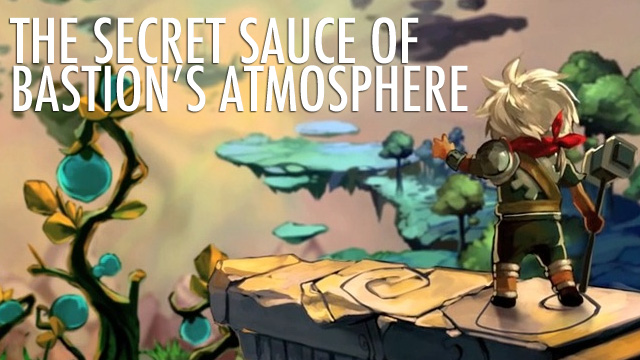
When Greg Kasavin took the podium at the year’s GDC, there was a palpable sense of excitement in the room. His talk was centered on how to create atmosphere in games. As the creative director of last year’s critical darling Bastion, he had plenty to say on the topic. Atmosphere in games is a bit nebulous though. Sure, we can name a number of games that have “atmosphere,” but nailing down what that means is a tricky proposition. Kasavin attacked this problem procedurally. In a cross of scientific and journalistic (unsurprising given Kasavin’s background at GameSpot) reporting, Kasavin showed his audience how he learned about atmosphere in games. The lecture was littered with homage to games both old and new. By the way he talked about the works, it was obvious that Kasavin was sharing what inspired him. Classics like Metroid Prime and Fallout were called out on the role. They all had one bit in common though. These games were all thick with atmosphere. It was on this note that Kasavin began to sort out his first objective.
Atmosphere is not unique to games. It is found in all art forms, consider The Scream, the Edvard Munch painting that has been revisited so often as of late. Film provides ample examples as well, consider the Noir classics, or true horror films like Alien. Kasavin suggested that novels may have the most rich atmosphere. By nature, a novel is a work of rich descriptive storytelling. When Kasavin spoke of atmosphere in novels I found myself reminiscing in Tolkein’s Fangorn Forest, and returning to my youth in the great halls of the Redwall series. You’re visiting some of you favorite fictional settings now, aren’t you? Thus, how can we doubt the importance of atmosphere in art?
Kasavin calls atmosphere the secret sauce of successful games.Kasavin calls atmosphere the secret sauce of successful games. It’s hard to doubt him. He says that atmosphere creates, and perhaps more importantly, sustains immersion. Kasavin defines immersion as the suspension of reality. And he’s right, consider Metroid Prime, the Chozo Ruins are equal measures enchanting and haunting. Within that experience, there is no break of cohesion, loading screens are cleverly circumvented as doors and elevators. When the ghosts of the Chozo appear, it feels natural. Talon IV was a hollow world, what better to inhabit ancient ruins than ghosts of the past?
In the presentation, Kasavin detailed three properties of atmospheric games:
As Kasavin related these properties, I applied them to games I’ve known to have atmosphere. Infallibly, I found that these three traits exist. But, why is this true? Why do all atmospheric games share these apparent laws? Kasavin says it is because atmosphere must be authored. Games, are given atmosphere through a unique identity, feel, and context.
If atmosphere must be authored, then there must be component parts. Kasavin distills atmosphere into the potent mix of theme and tone. In this specific case, Kasavin identifies tone as the author’s attitude towards the theme, which should be the central idea of the work.
With all of that sorted, Kasavin demonstrated how his ideas and definitions applied to Bastion. Kasavin told us that a simplified version of Bastion’s theme is “Overcoming regret.” Kasavin elaborated on his ideas in a blog post regarding his GDC talk. He writes, “The story I wanted to write for Bastion was intended to explore the theme of overcoming regret. The tone I wanted for it was bittersweet but not sentimental, cautiously optimistic and ultimately hopeful but still melancholy at times…”
It’s clear that the team at Supergiant Games were able to achieve the atmosphere that Kasavin envisioned for Bastion. At the panel though, Kasavin detailed several particular examples of how theme and tone informed gameplay. He told us that throughout the development of Bastion, when The Kid fell off of the side of the world, he would gently land face up. The team decided to build a new animation for The Kid, the one we are familiar with, an animation in which The Kid lands squarely on his face. According to Kasavin, this animation is a better fit for the tone of Bastion, he says the animation is “Kind of harsh, kind of sad, and kind of funny.” In life, we have all fallen flat before. It’s a relatable moment for all players. The Kid has to get up, has to move on, has to overcome.
Bastion’s true difficulty settings aren’t in a static settings menu. They are ingrained into the world of Bastion through the Shrine.Kasavin also said that atmosphere had to be seamless. He argued compellingly that the core functions of a game must be sufficiently integrated into the experience, so as to not break immersion. He cited two examples, one his own, and one from Mass Effect 2. Bastion’s true difficulty settings aren’t in a static settings menu. They are ingrained into the world of Bastion through the Shrine. Invoking the favor of the Gods would grant extra experience in exchange for a change like enemies being more damage resistant. Mass Effect 2 has a similar function. Navigation between worlds takes place on the Galactic Map, where the player can fly the Normandy and explore the galaxy on their own terms. Examples like these serve to further immerse the player in the universe of the game. A static menu breaks immersion and, at least temporarily suspends the player’s perception of atmosphere.
Kasavin, by the conclusion of his GDC lecture, had created a formula that leads to atmosphere in games. It starts with a strong theme, and a clear tone towards that theme. These two combine to grant the creator a nebulous idea of what the atmosphere should be. Then, the game’s mechanics, art, and story must be designed around that atmosphere, with the end goal being a consistent state of immersion.
Then, the player experiences, and hopefully, becomes cognizant of all of the above in reverse order. This, is the recipe for Greg Kasavin’s secret sauce.

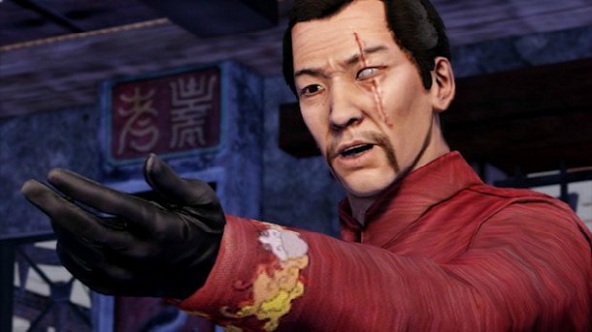


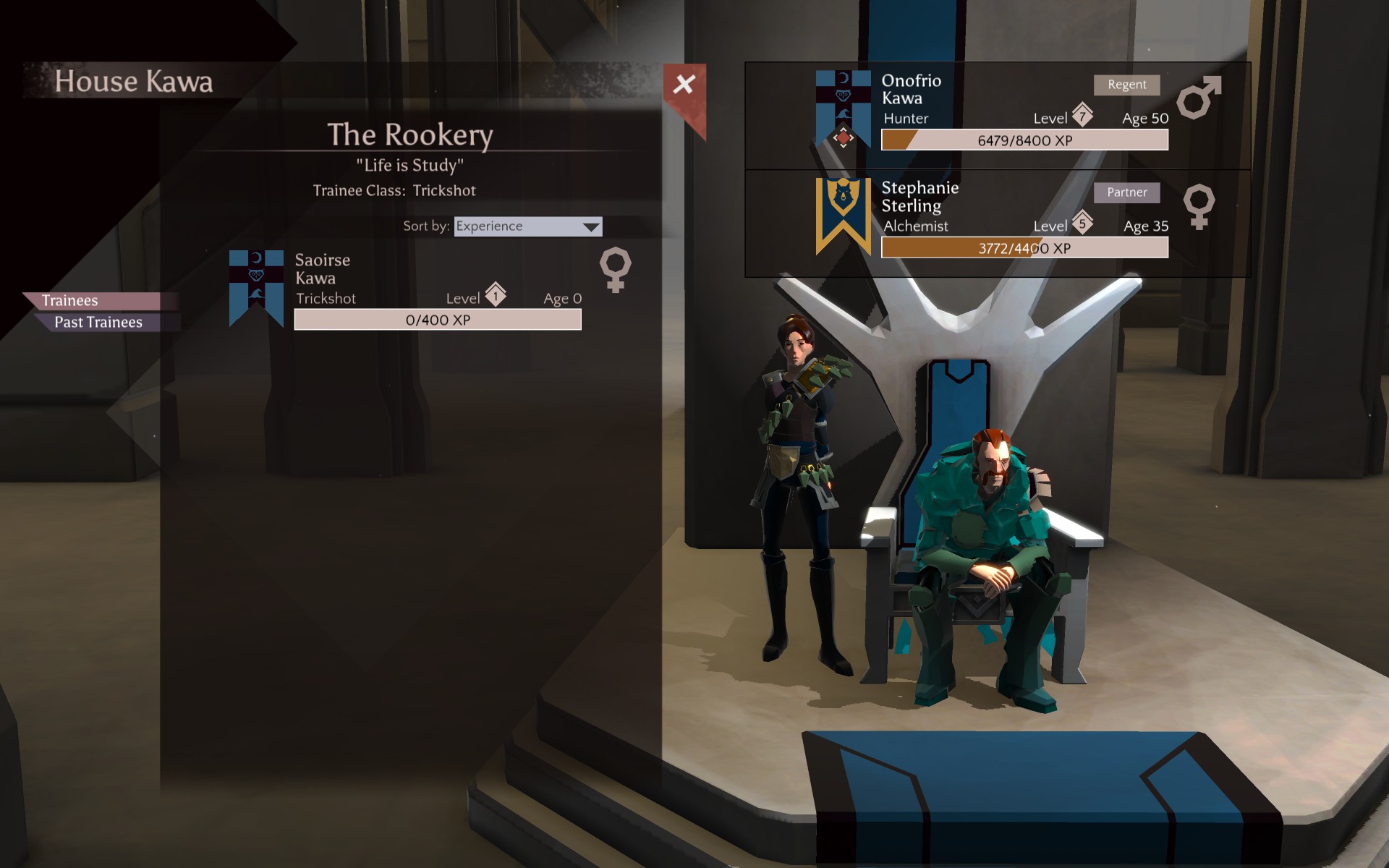 5 Tips for Success in Massive Chalice
5 Tips for Success in Massive Chalice Save and Manage game progress in the Cloud on the PC
Save and Manage game progress in the Cloud on the PC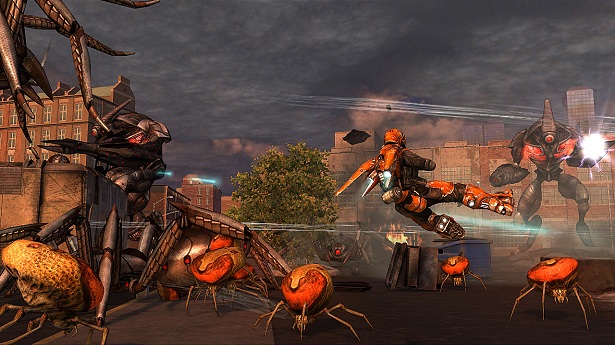 Earth Defense Force: Insect Armageddon Walkthrough
Earth Defense Force: Insect Armageddon Walkthrough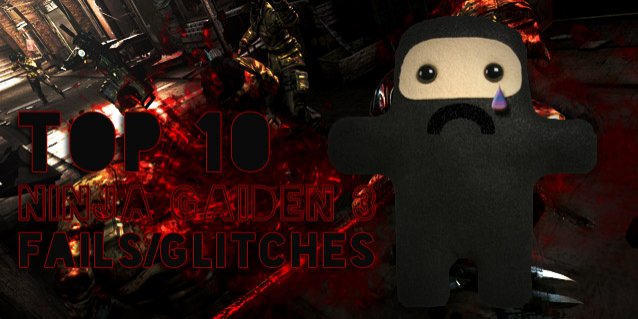 Top 10 Ninja Gaiden 3 Fails | Glitches
Top 10 Ninja Gaiden 3 Fails | Glitches How to Read Newspaper Comics Online Now for Free
How to Read Newspaper Comics Online Now for Free